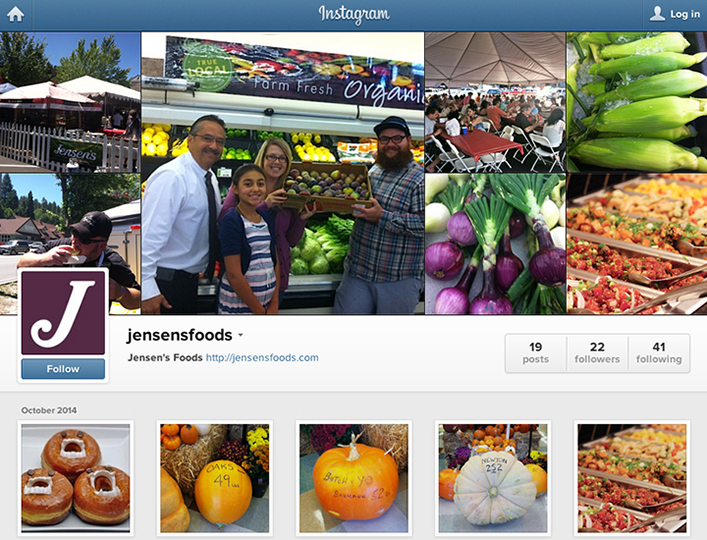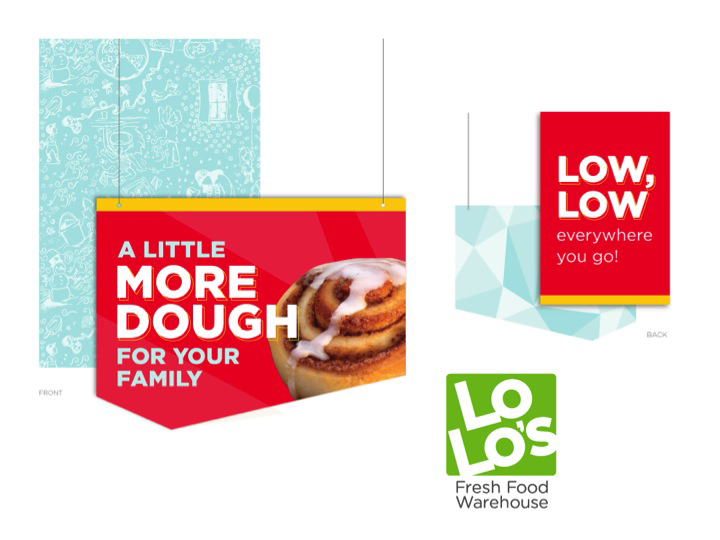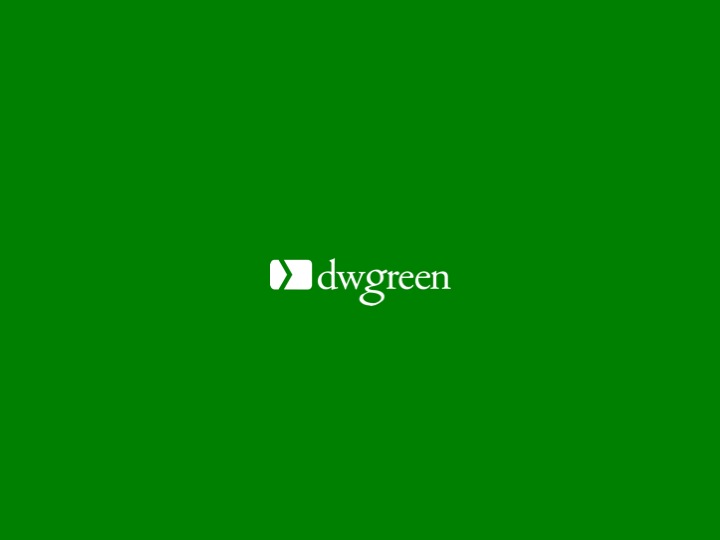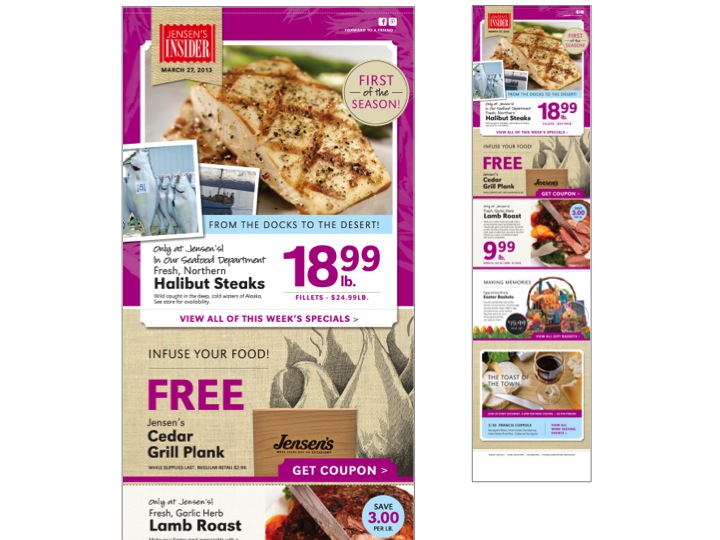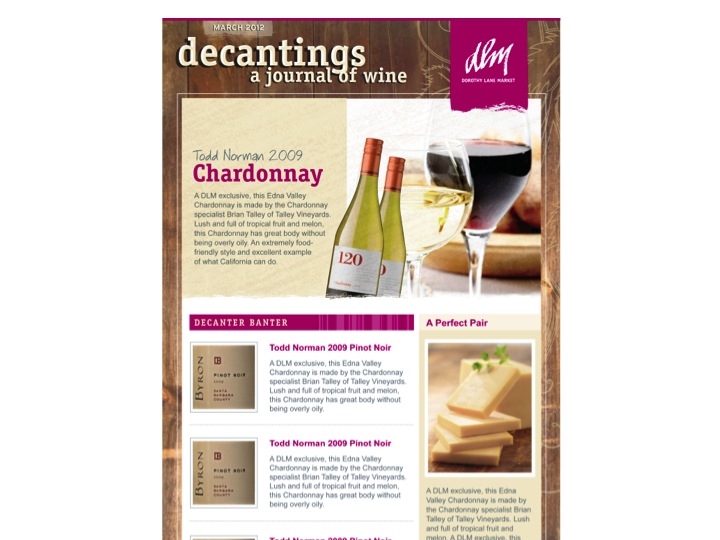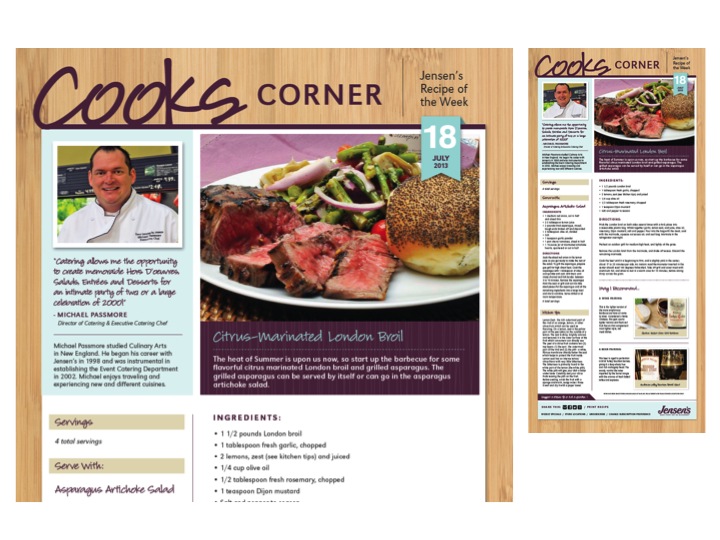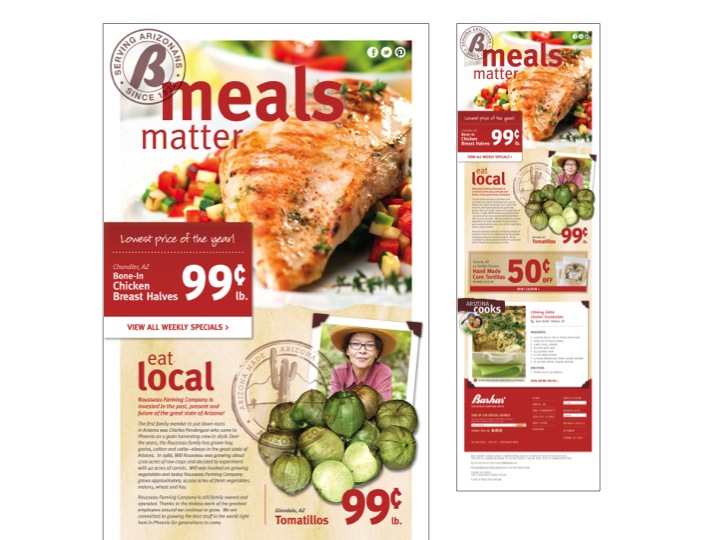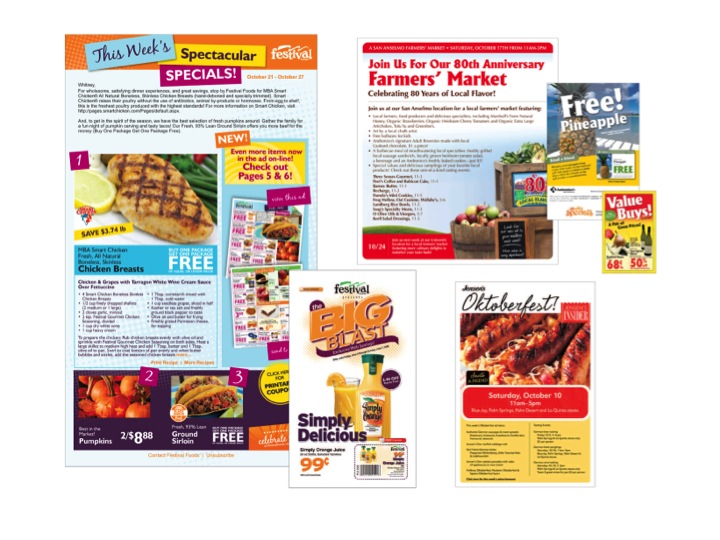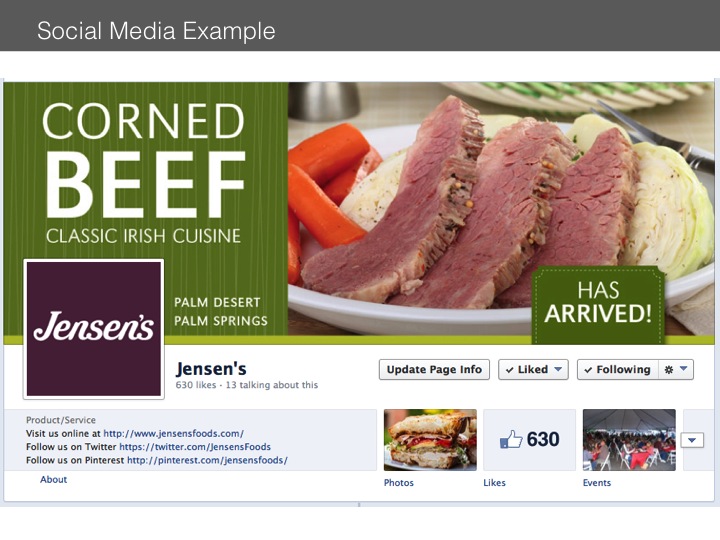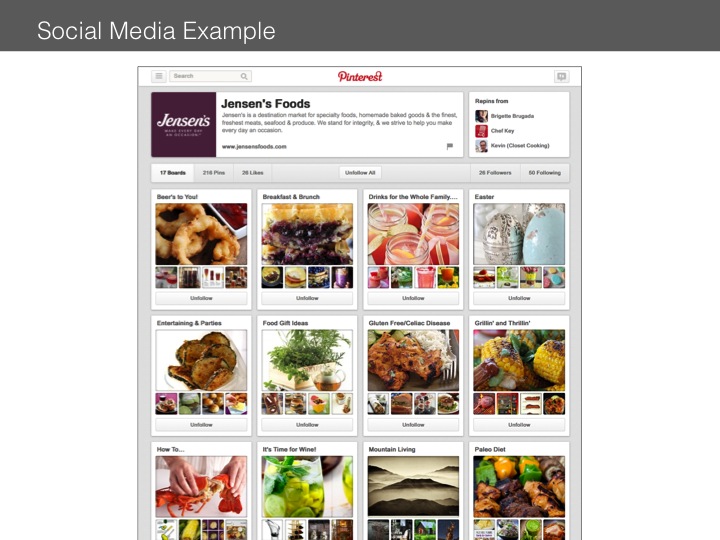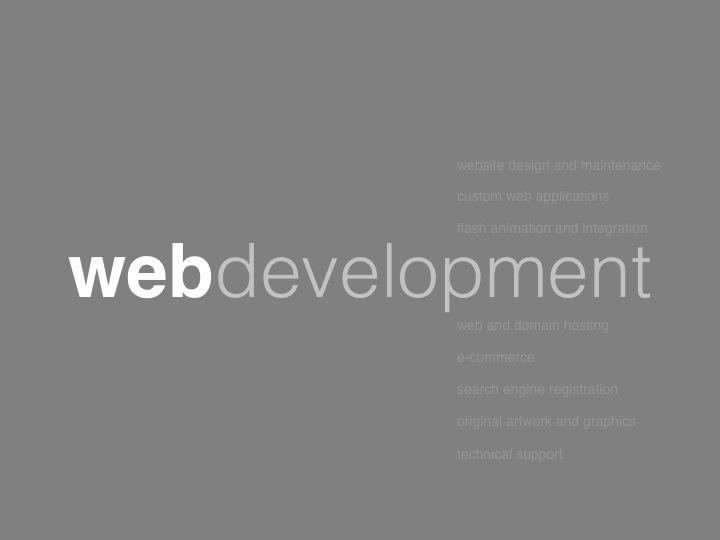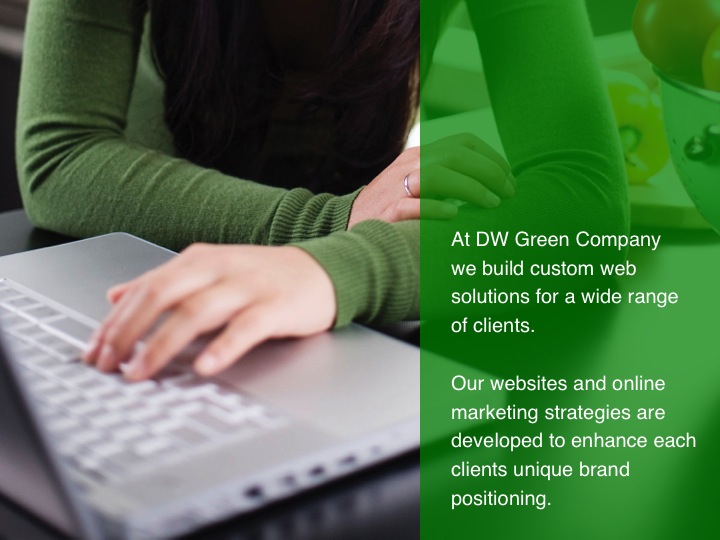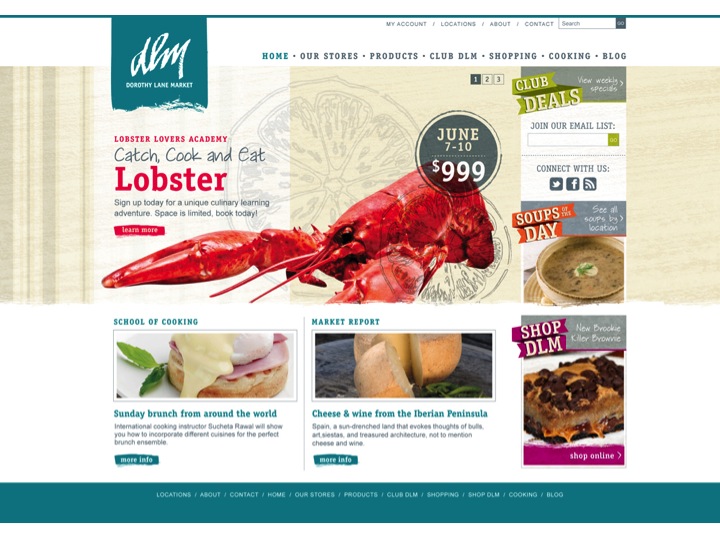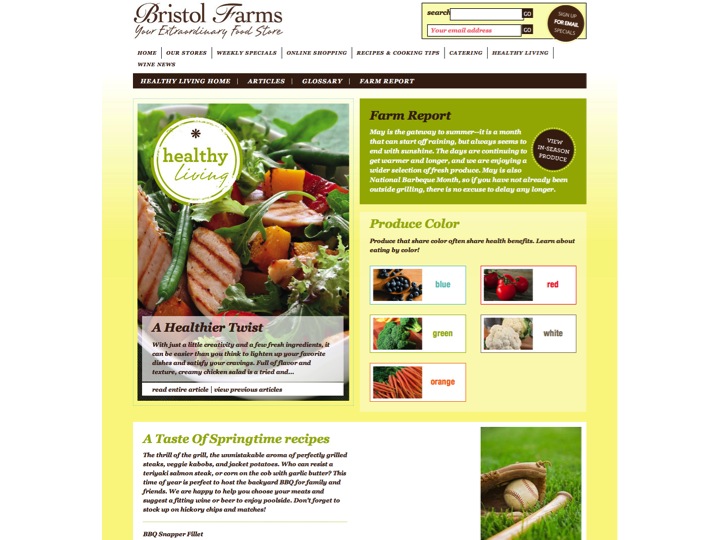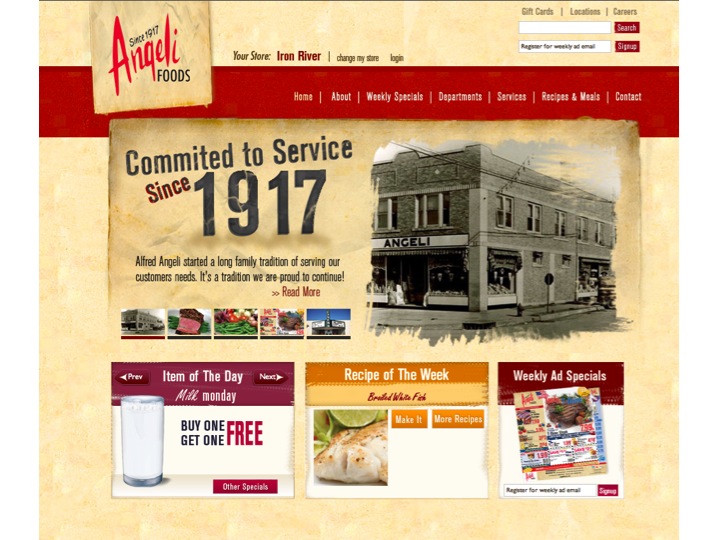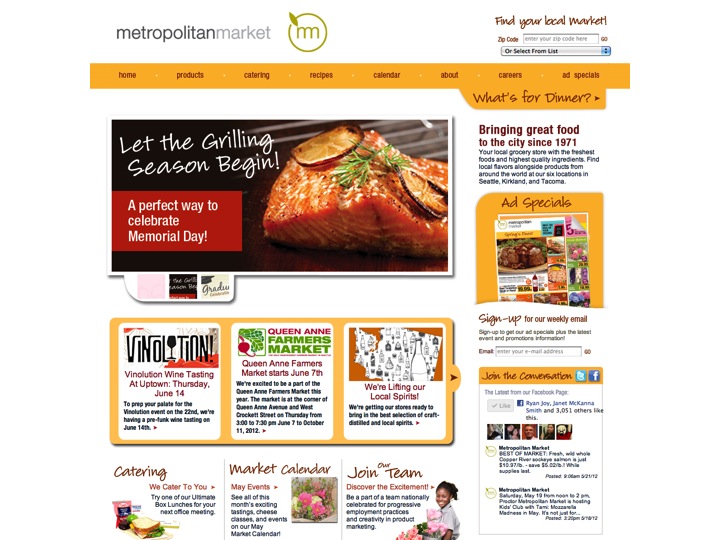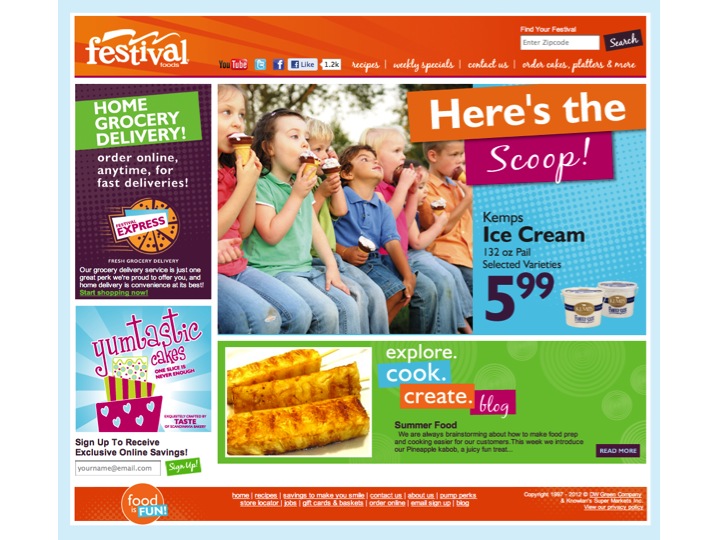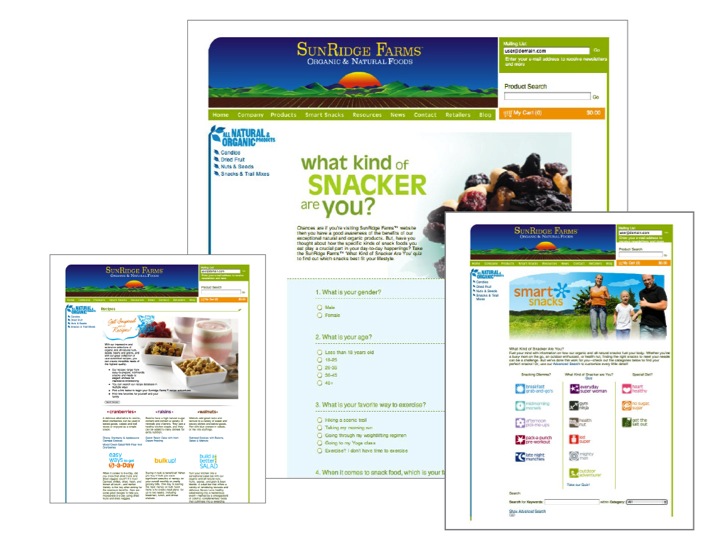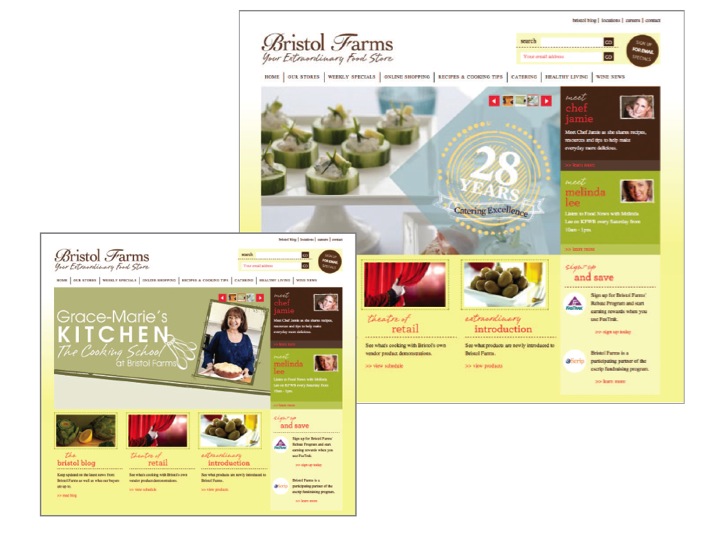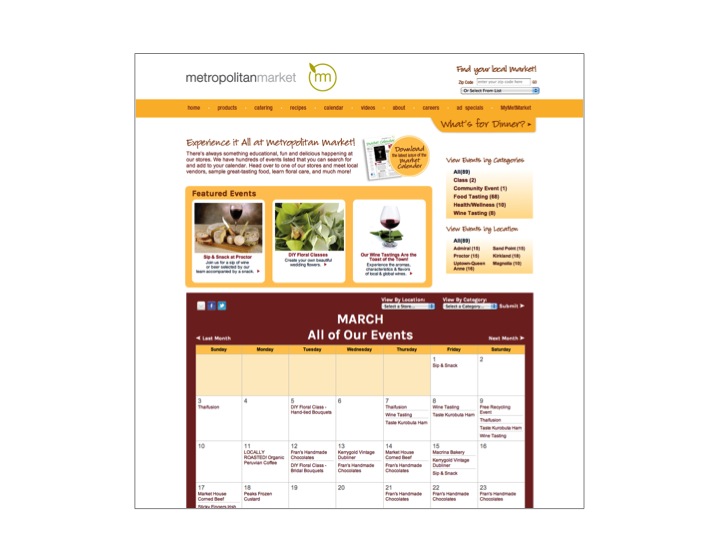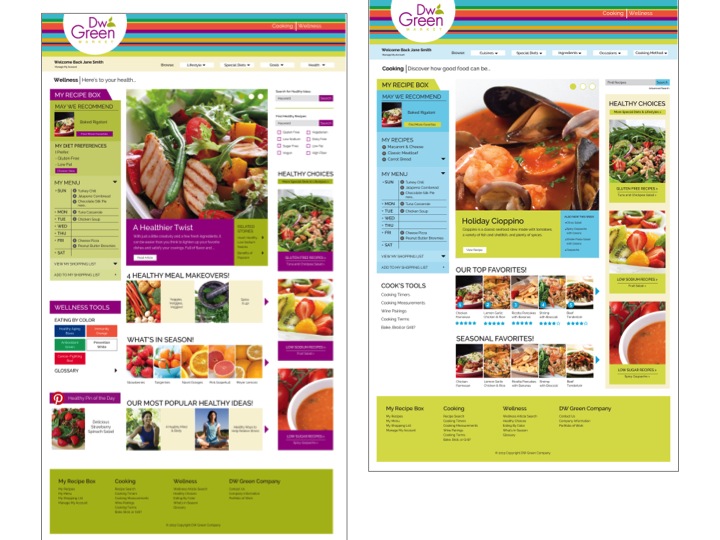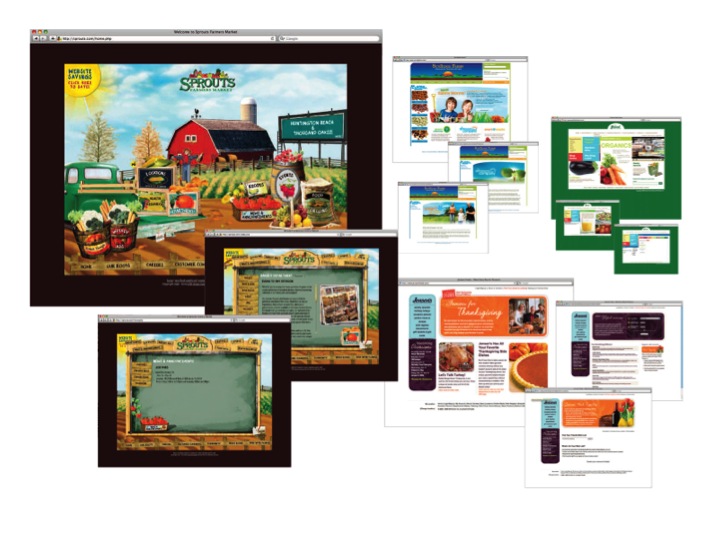Company News
Effective Email Marketing Strategies
by webmaster — January 7, 2010
Thinking of developing an email marketing strategy, or looking to improve the one you already have?
Approach email marketing like you would a good relationship.
1. Understand The Law of Attraction
An email marketing strategy does not exist without subscribers, so compelling customers to signup is a necessary first step. Attract new subscribers by promoting your email program—and the benefits of subscribing to it—by using various means of communication: online, in print, or face-to-face.
On Your Website: A signup link, a field for them to enter their email address, and a form in which they can fill out user preferences make it easy for customers to signup online, and forward information along to a friend.
Print: Promote your email program with a direct mail piece or bag stuffer, and make subscribing to it extra-enticing by including incentives like a free gift, special coupon or contest entry.
In Person: An in-store signup table or booth gives shoppers the opportunity to signup, learn more about your email program, and connect with your employees. A customer’s connection to your brand will continue to strengthen with a properly implemented email marketing strategy, and a face-to-face interaction is a great foundation to build upon.
2. Don’t Come On Too Strong…
But don’t stifle your customers either. Deciding when—and how often—emails should be sent out is critical in attracting subscribers and keeping them for the long haul.
What’s the best day?
Send out test emails. Divide up your email addresses and send an email out to each group on a different day to see which day of the week has the largest or smallest open rates.
What’s the best time?
Once your results have indicated which day of the week is best, send out test emails at different times throughout that day, from 8 a.m. – 5 p.m.
Frequency: How often should you send out emails?
Just ask your customers. The best time to find out how frequently a subscriber wishes to receive an email is during the sign-up phase. Then make it easy for subscribers to update their preferences. Also take your buying cycle into consideration. Do you run bi-weekly or weekly ads? This, and whether or not you want to send additional emails such as special promotions (seasonally or on an as-needed basis), special event invitations, press releases, recipes, featured item coupons, product stories, etc. will help establish an appropriate frequency.
3. Make Them Feel Special
Personalize it. When you send an email, include their name, and make sure the content is relevant, something you think they’ll care about. Then track how well you’re doing by looking at your bounced email and open rate statistics. Bounced emails track those visitors who “bounce” away to a different site rather than continue on to the other pages within your site. Open rates track how many people “opened” or “viewed” your email.
4. Establish a Connection
Communicate in a way that encourages interaction and brings them back to your store. A customer interacts with an e-blast in many ways. It’s your job to make sure that these interactions are positive ones.
5. Apologize When Necessary
Mistakes happen. Overlooked content gets sent out. What to do about it? Send an apology email, something along the lines of: “Oops! We’re sorry about that…” Consider sending subscribers a special offer if you really goofed. They’ll appreciate your accountability and honesty.
6. Remember That Sometimes Relationships End
Give customers the option to leave if they wish to do so by including an “unsubscribe” link at the bottom of every email. Consider asking why they are choosing to leave in an optional survey. They may be willing to pass along valuable information that will help you improve your email marketing strategy in the future.
Filed Under: Company News






